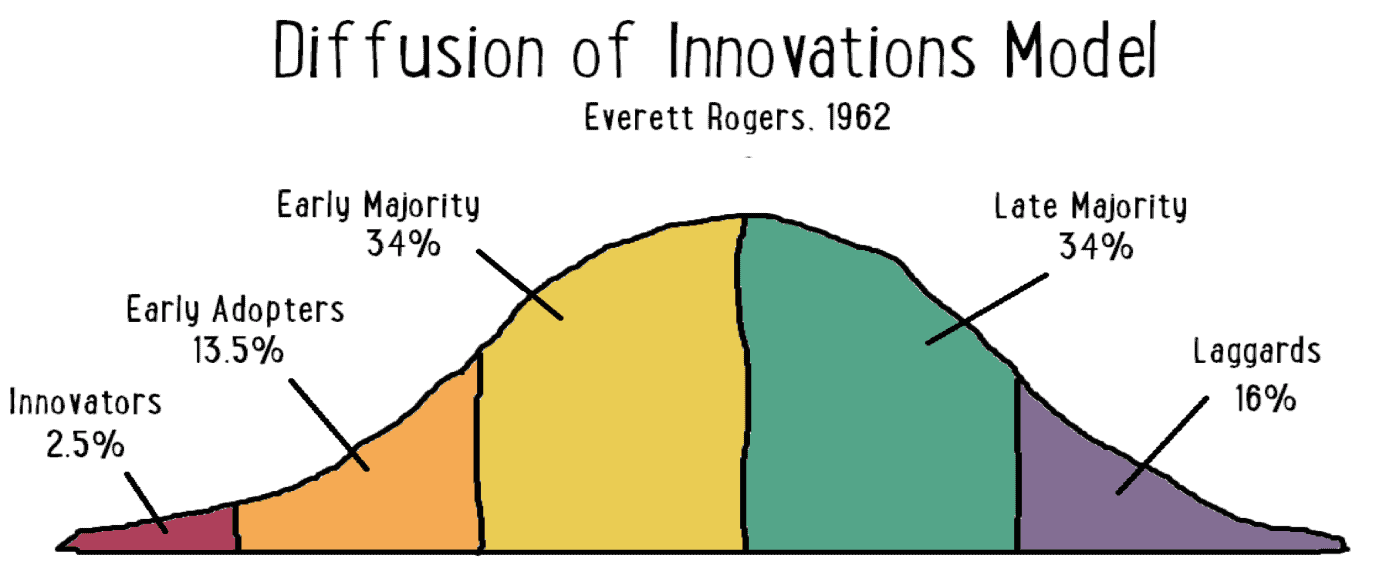The transition of the Métabief Ski Resort consists of adapting the economic system to climate threats. This system is already vulnerable today and now holds thanks to the help of local authorities. In 10 years, according to past developments and climate prospects, alpine skiing would no longer be financially sustainable, leading to the fall of the system if nothing is anticipated.
It is therefore not a question of anticipating a system with less skiing but a system without skiing whose contours are not known and that it is impossible to draw today as alpine skiing represents the basis of the current model.
The transition of the Métabief Ski Resort is not to pass from a stable state A to another stable state B, but to anticipate the abandonment of state A in unknowing state B, if indeed there is so much the world in which we live is uncertain.
However, the human brain is not originally made to anticipate. It can’t perceive only the problems for which it can sketch the solution.
Yet our modern brain is able to model and imagine the future.
A human group constituting the system to be changed will therefore be composed of people who are mostly unable to project themselves and a few people capable of accepting to jump into the void. According to sociologist Everett Rogers, only 2.5% of a social group is able to innovate to transform a system:
These 2.5% of innovators are able to overcome their fear of leaving a system that still works to embark on the unknown.
The diffusion of innovation will be a succession of mourning. Mourning can happen if new concrete perspectives arise.
In Métabief’s transition process, only a few people within the station’s organization have taken the measure of the climate challenge. They are professionals who work in the field, helped by their director, a glaciologist by training. Together, they built a climate foresight and concretely projected themselves on the medium-term consequences. This collective construction of reality has made it possible to accept the movement towards another model without skiing. Initially, everyone wanted to find quick solutions. It was a question of filling the anxiety caused by the idea of the end of skiing. And then the team realized they had time to develop a new model while keeping the model present.
10 years.
This is the duration that the team has set for the switch to a ski-free model. It started in 2018 and the past few years show that the transition will not be made by a big shake-up but by a gradual diffusion of new initiatives, as shown by the model of Everett Rogers.
Today, early adopters are on board, so about 16% of the system’s stakeholders are engaged in the process. This does not mean that they all accept the end of skiing but that they are aware that it is necessary to get moving, not in a disorderly way and that it is better to start the work of transformation now rather than waiting for the potential end of skiing.
No one wants this end, but the 16% of pioneers (innovators and early adopters) are clear-sighted even if some sometimes go back and try to negotiate the end of skiing. This end cannot be negotiated with anyone, it is apprehended collectively in a precarious balance.
The step of scaling up to an early majority has just been completed in September 2023 thanks to an expansion of the transition engineering intervention area set up by the station in 2019. This mixed engineering of technical skills and collective intelligence methods, so as to offer people who wish, tailor-made support to bring out solutions as close as possible to the field. Already a dozen projects have been completed and more than 25 projects are in preparation, a sign of an acceleration of the transformation process.
This experiment shows that we can initiate a transition with few people well positioned in the system and that with engineering that maintains movement, we can diffuse the change gradually with an acceleration phase that allows the necessary scaling up.



